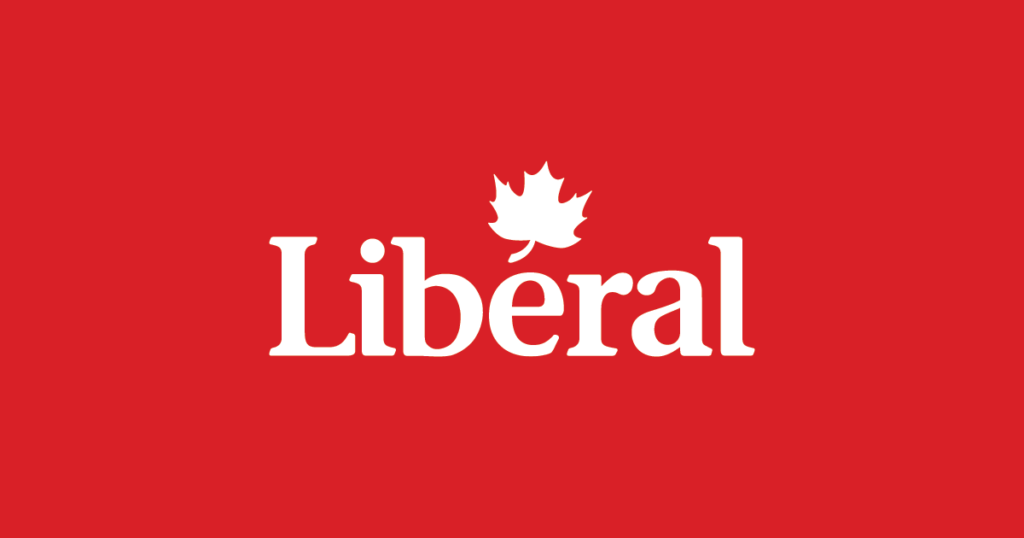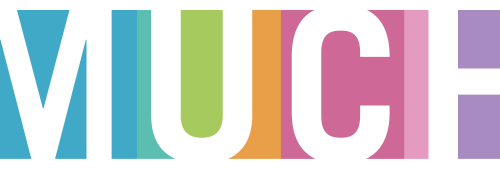The terms “liberal” and “libertarian” are often used in political discourse, but they have distinct meanings and implications. While both philosophies prioritize individual freedom, they differ significantly in their views on the role of government, economics, and social issues. Understanding these differences is essential for navigating the complex landscape of political ideologies.
Historical Context: Evolution of Liberalism
To grasp the nuances of liberalism, it’s essential to explore its historical development. Classical liberalism, which emerged in the 17th and 18th centuries, emphasized the importance of individual rights, limited government, and free markets. Thinkers like John Locke and Adam Smith argued that individuals should be free to pursue their own interests, as long as they didn’t harm others. Over time, however, liberalism evolved to incorporate more social and economic interventions, particularly in the wake of the Great Depression and World War II. Modern liberalism, as seen in the policies of leaders like Franklin D. Roosevelt and Lyndon B. Johnson, sought to balance individual freedoms with a stronger role for government in addressing social and economic inequalities.
Libertarianism: The Philosophy of Limited Government
Libertarianism, on the other hand, is a more recent development, emerging as a distinct philosophy in the mid-20th century. Libertarians argue that individual freedom is the primary goal of political organization, and that government should be limited to protecting individual rights and preventing harm to others. They contend that free markets and voluntary associations are more effective than government interventions in promoting economic prosperity and social welfare. Libertarian thinkers like Friedrich Hayek, Murray Rothbard, and Ayn Rand have been influential in shaping the movement, which emphasizes the importance of property rights, limited taxation, and personal responsibility.
Key Differences: Government, Economics, and Social Issues
So, what are the key differences between liberal and libertarian philosophies? Here are a few:
- Role of Government: Liberals generally believe that government should play a more active role in addressing social and economic issues, such as poverty, inequality, and environmental degradation. Libertarians, by contrast, argue that government should be limited to protecting individual rights and preventing harm to others.
- Economic Policy: Liberals often support government interventions in the economy, such as regulation, taxation, and social welfare programs, to promote greater equality and fairness. Libertarians, on the other hand, advocate for free markets, limited taxation, and reduced government intervention in economic affairs.
- Social Issues: Liberals tend to be more progressive on social issues, such as LGBTQ+ rights, racial equality, and women’s reproductive rights. Libertarians, while often supporting individual freedom and autonomy, may be more divided on these issues or prioritize individual rights over social justice concerns.
Comparative Analysis: Evaluating the Strengths and Weaknesses
To better understand the implications of these differences, let’s examine a few case studies:
- Healthcare: Liberals often advocate for universal healthcare systems, such as Medicare for All, to ensure that everyone has access to quality medical care. Libertarians, by contrast, argue that government-run healthcare systems are inefficient and restrictive, and that private markets can provide better, more innovative healthcare solutions.
- Environmental Policy: Liberals often support government regulations and international agreements to address climate change and environmental degradation. Libertarians, while acknowledging the importance of environmental protection, argue that market-based solutions, such as carbon pricing and private conservation efforts, are more effective and less intrusive than government regulations.
Myth vs. Reality: Addressing Common Misconceptions
There are several common misconceptions about liberalism and libertarianism that need to be addressed:
- Myth: Libertarians are opposed to all government intervention and want to dismantle the social safety net.
- Reality: While libertarians do advocate for limited government, many recognize the importance of a safety net and propose alternative solutions, such as private charity and community-based initiatives.
- Myth: Liberals are opposed to individual freedom and want to impose a nanny state.
- Reality: Liberals believe that individual freedom is essential, but that it must be balanced with social responsibility and a commitment to the common good.
Expert Insights: Perspectives from Authority Figures
To gain a deeper understanding of these philosophies, let’s hear from some expert authorities:
- John Stuart Mill: The 19th-century philosopher and economist argued that individual liberty is essential for human flourishing, but that it must be balanced with social responsibility and a commitment to the common good.
- Milton Friedman: The Nobel laureate and economist argued that free markets and limited government intervention are the most effective ways to promote economic prosperity and social welfare.
Conclusion: Navigating the Complexities of Liberalism and Libertarianism
In conclusion, while both liberalism and libertarianism prioritize individual freedom, they differ significantly in their views on the role of government, economics, and social issues. By understanding these differences and engaging with the complexities of each philosophy, we can better navigate the landscape of political ideologies and work towards creating a more just and prosperous society.
What is the primary difference between liberalism and libertarianism?
+The primary difference between liberalism and libertarianism is their view on the role of government. Liberals generally believe that government should play a more active role in addressing social and economic issues, while libertarians argue that government should be limited to protecting individual rights and preventing harm to others.
What are some key similarities between liberalism and libertarianism?
+Both liberalism and libertarianism prioritize individual freedom and autonomy. They also share a commitment to the importance of individual rights and the protection of property.
How do liberals and libertarians approach economic policy?
+Liberals often support government interventions in the economy, such as regulation, taxation, and social welfare programs, to promote greater equality and fairness. Libertarians, on the other hand, advocate for free markets, limited taxation, and reduced government intervention in economic affairs.
By examining the complexities of liberalism and libertarianism, we can gain a deeper understanding of the trade-offs and challenges involved in promoting individual freedom and social welfare. Ultimately, a nuanced and informed approach to these philosophies can help us create a more just and prosperous society for all.


